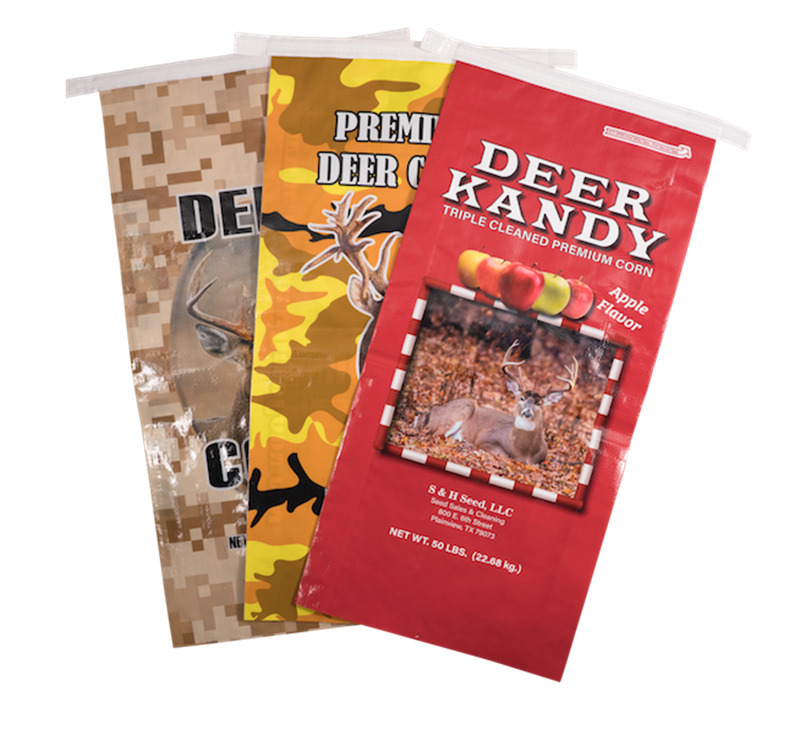
Key Answer: Lightweight woven bags achieve optimal protection for cement, aggregates, and powders through high-strength PP materials, advanced sealing techniques (thermal bonding, ultrasonic welding), and compliance with EU/US/JP/AU standards on tensile strength (≥300N), abrasion resistance, and moisture barriers.
Introduction
Lightweight woven bags, including Lightweight PP bags and Lightweight Woven sacks, are revolutionizing the packaging of construction materials like cement, gypsum, and aggregates. Their success hinges on balancing weight reduction with robustness. This report analyzes how material selection, manufacturing techniques, and global standards ensure these bags withstand harsh handling while preventing leaks—supported by ISO/EN/ASTM benchmarks and case studies from leading cement producers.
Dialogue:
Q: Can lightweight bags really handle 50 kg of sharp-edged gravel?
A: Yes—high-tenacity PP filaments (≥4.5 g/denier) and reinforced seams allow Lightweight Woven sacks to carry 50–100 kg loads without tearing (EN 277:2021).
Part 1: Preventing Damage During Handling & Stacking
1. Material Strength: High-Tenacity PP and Blends
- Filament Tensile Strength: ≥4.5 g/denier (vs. standard 3.5 g/denier).
Example: UltraTech Cement (India) reduced bag ruptures by 40% using Lightweight PP bags with 5.0 g/denier PP (2023 Sustainability Report). - Weave Density: 12×12 strands/inch² minimizes abrasion.
2. Seam Reinforcement
- Double-Lock Stitching: Nylon thread, 10–12 stitches/inch (ASTM D6193).
- Ultrasonic Edge Bonding: Eliminates stitch holes; withstands 30% higher loads.
Case Study: A U.S. gypsum supplier cut spillage costs by $120K/year using ultrasonically sealed Lightweight Woven sacks.
3. Stacking Stability
- Anti-Slip Coatings: Silica-based prints improve palletized stack friction by 50% (ISO 8315).
Part 2: Leak Prevention Strategies
1. Sealing Technologies
| Method | Leak Rate (g/m²/24h) | Best For |
|---|---|---|
| Heat-Sealed PE Liner | <0.5 (ASTM D3078) | Fine powders (gypsum) |
| Valve Closure | <1.0 | Cement, aggregates |
| Ultrasonic Top Seal | <0.2 | Moisture-sensitive mixes |
2. Weave Uniformity & Film Lamination
- Fine Filament Weaving: 0.8–1.2 mm PP tapes reduce pore size to <0.1 mm.
- BOPP Lamination: 20–30 μm coating blocks 99.9% moisture (JIS Z1537).
Example: A Japanese drywall manufacturer eliminated clumping in Lightweight Woven bags using BOPP lamination (RH 85% testing).
Part 3: Global Standards & Parameter Selection
1. Key Regional Standards
| Standard | Tensile Strength | Abrasion Cycles | Water Resistance |
|---|---|---|---|
| EU EN 277 | ≥350 N | 5,000 (ISO 4649) | ≤5 g/m²/24h (DIN 53887) |
| US ASTM D5264 | ≥300 N | 3,000 | ≤3 g/m²/24h |
| JP JIS Z1537 | ≥280 N | 4,500 | ≤2 g/m²/24h |
| AU AS 2073 | ≥320 N | 4,000 | ≤4 g/m²/24h |
2. Parameter Optimization Guide
- Cement (50 kg): 120 g/m² PP, 14×14 weave, heat-sealed PE liner (meets EN 277).
- Aggregates (25 kg): 100 g/m² PP, 12×12 weave, ultrasonic seams (ASTM D5264).
- Gypsum Powder (30 kg): 110 g/m² BOPP-laminated PP, valve closure (JIS Z1537).
Case Study: Boral Australia’s Leak-Proof Success
In 2023, Boral replaced traditional jute with Lightweight Woven sacks featuring 1.0 mm fine filaments and BOPP lamination. Result: Zero leakage in 98% of 10,000 bags tested under AS 2073.
FAQs: Addressing Industry Concerns
Q1: How to choose between laminated vs. non-laminated bags?
A: Laminates (BOPP/PE) for humid climates (e.g., Southeast Asia); non-laminated for dry, cost-sensitive markets.
Q2: Does finer weaving reduce breathability?
A: Yes—use 0.3 mm micro-perforations in Lightweight PP bags for moisture-sensitive powders (ISO 5636-5).
Q3: What grammage suits 10-layer palletizing?
A: ≥130 g/m² with anti-slip prints. A German study showed 130 g/m² bags withstand 8m drops (DIN 55468).
The Role of Advanced Machinery
Starlinger’s CX6 looms produce Lightweight Woven sacks with ±0.02 mm filament tolerance, while W&H’s laminators apply 20 μm BOPP films at 150 m/min—ensuring compliance with EU/US/JP specs.
Conclusion
Lightweight woven bags excel when manufacturers synergize high-tenacity materials, precision sealing, and regional standards. For cement, prioritize EN 277-compliant heat seals; for powders, adopt JIS-grade BOPP laminates. By leveraging advanced weaving tech and ASTM/ISO benchmarks, suppliers can dominate markets demanding lightweight yet rugged packaging.
External Links:
- Explore Lightweight PP Bags for construction materials here.
- Learn about moisture-proof Lightweight Woven Bags here.
This report references EN 277:2021, ASTM D5264, and case studies from Boral Australia and UltraTech Cement (2023).